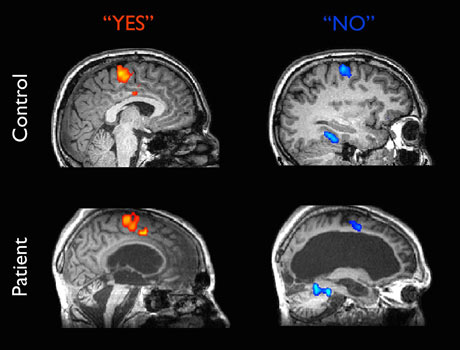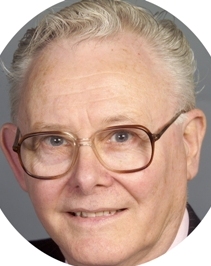Developments in MRI
Sunday 6 June 2010
In the past year there have been two important new developments in Magnetic Resonance Imaging (MRI). 1H NMR was developed for use in body scanners by Nobel Prize winner Sir Peter Mansfield of Nottingham University, UK in 1973.
To avoid the use of the word ‘nuclear’ the technique is known as Magnetic Resonance Imaging. MRI and its uses are mentioned in Utilization in Topic 21.1 Spectroscopic identification of organic compounds (HL) on the Chemistry syllabus. By looking at the behaviour of hydrogen atoms in water in the body using non invasive radio waves in the presence of a strong magnetic field a scan can be built up to show abnormalities caused by diseases such as cancer.
1. A window into living breathing lungs
Researchers at Sheffield University have boosted the power of MRI by one million percent using a technique known as hyperpolarization. They have tested the new technique on 150 volunteers and used it to examine their lungs. In this way they have detected early signs of emphysema and revealed obstructions caused by cystic fibrosis and asthma.
2. Communicating with a person in a vegetative state

Perhaps even more amazing is that MRI has been used to communicate with people in a vegetative state. A team led by Dr Adrian Owen at the Medical Research Council Cognition and Brain Sciences Unit in Cambridge together with a team led by Dr Stephen Laureys at the Univerity of Liège in Belgium have reported that they have devised a technique which enables a patient in a vegetative state to say ‘yes’ or ‘no’ to a simple question. By thinking of playing tennis for ‘yes’ the motor activity part of the brain is stimulated and by thinking of wandering from room to room in his house for 'no' the patient stimulates the spatial awareness part of the brain. The different stimulations in the different areas of the brain can be detected by functional MRI (functional MRI works by detecting the changes in blood oxygenation and flow that occur in response to neural activity) and thus enable people who otherwise show no sign of consciousness to be able to communicate.



Comments
To post comments you need to log in. If it is your first time you will need to subscribe.